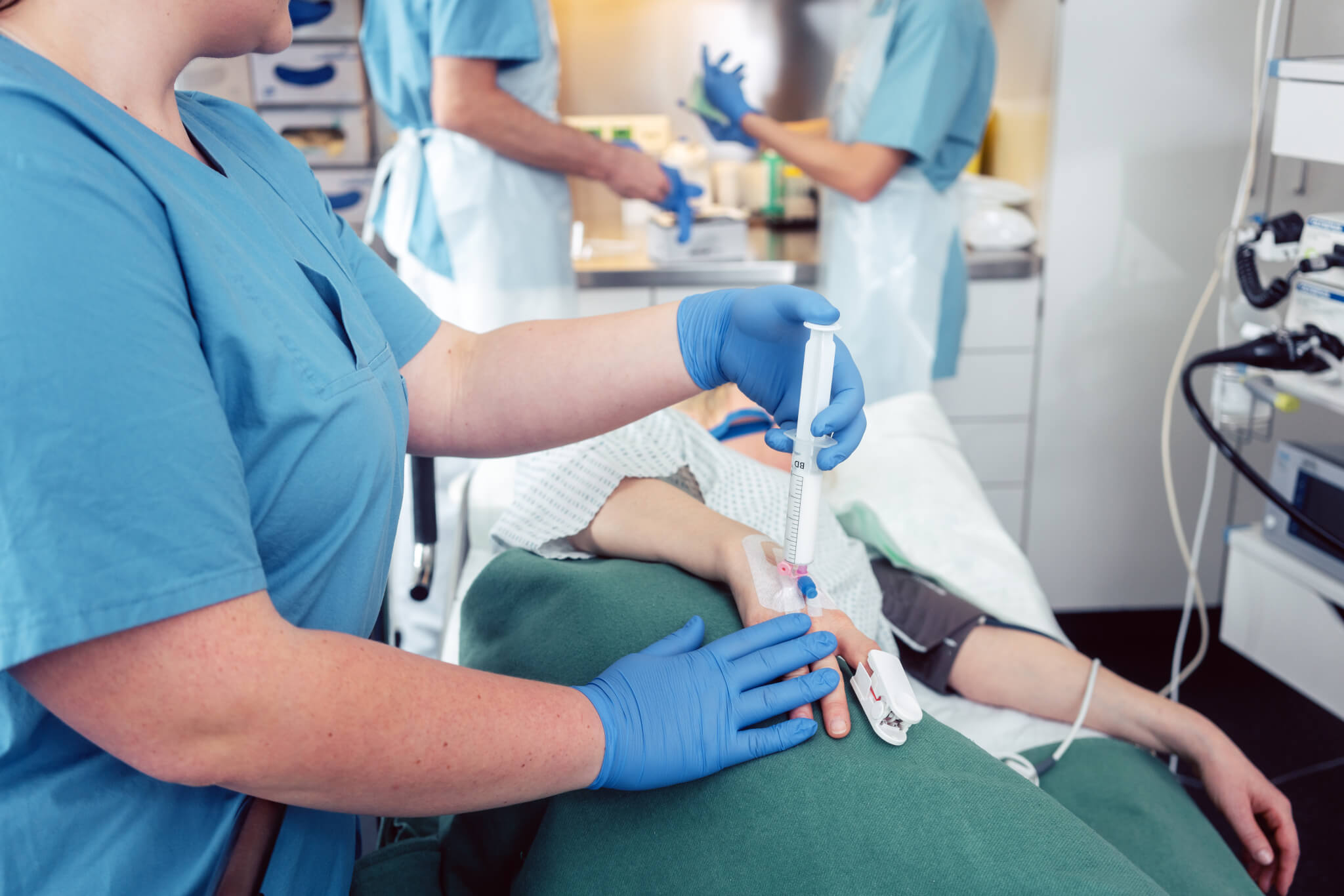Some people can reduce their excess fat by living a healthier lifestyle, exercising with regularity, and eating clean. For many, however, these approaches are not enough, and some annoying fat remains that just won’t go away.
Liposuction is a cosmetic surgical procedure that aims to remove these fat excesses for good. It is a minimally invasive procedure during which the fat in a targeted area is broken down and later removed through a small incision using a cannula, a tool that provides a vacuum-type effect.
In some instances, liposuction recipients must receive general anesthesia, a mix of medications that put you in a sleep-like state before a medical procedure. Under general anesthesia, you are entirely unconscious and do not feel any pain or discomfort. It is usually administered using a combination of inhaled gasses and intravenous drugs, with some of the effects including nausea, bruises, extended recovery period, and general discomfort.
In other instances, the operation only requires local, rather than general anesthesia. Most of the areas in the body treated with liposuction can be done solely under local anesthesia. Make sure to ask a board-certified surgeon which option is best for you.
Regardless of the extent and type of procedure, you cannot have liposuction without some use of anesthesia.
Let’s take a look at the differences between general and local anesthesia, and the implications these differences have when it comes to liposuction.
General Anesthesia
Doctors give general anesthesia by placing a mask on their patient’s face and administering a drug that puts you in a supervised temporary coma. This medicine renders the patient insensitive and unconscious, leaving the anesthetized brain unable to respond to pain signals or reflexes.
A doctor specially trained in anesthesia, called an anesthesiologist, will administer and determine the dose. This specialist will also monitor a patient’s vital signs, heart rate, and rate of breathing during the procedure.

Local Anesthesia
Receiving local anesthesia is a longer, but more relaxing process. First, a relaxation pill will be administered to the patient about 30-45 minutes before the procedure. Then, once in the operating room, a tumescent fluid will be injected into the treated area to remove all pain and discomfort, as well as to decrease bruising and swelling during the recovery stage.
The procedure under local anesthesia depends on the amount of fat targeted for removal from the specific area. If you have excess fat in various regions of your body, then the procedure will take longer, increasing the likelihood you will require general anesthesia. Still, you should always ask your doctor first because this might not be the best approach for you. If you have excess fat concentrated in one treatable area, then it is usually safe and preferred to perform the procedure under local anesthesia.
Risks of General Anesthesia
General anesthesia is overall considered safe; almost all patients, including the ones that suffer from prior health conditions, can withstand the use of anesthesia without complications.
Here are the pre-existing conditions that can make general anesthesia risky:
- Obstructive sleep apnea
- Seizures
- Existing heart, kidney, or lung conditions
- High blood pressure
- Smoking
- Blood thinners
- Diabetes
- Obesity
Benefits of Local Anesthesia
These are some of the benefits of having liposuction under local anesthesia:
- Considerably less risk than general anesthesia
- Quicker recovery time
- The procedure should be more cost-efficient
- Does not have to be done in a hospital
Conclusion
Most patients elect local anesthesia over general anesthesia, as there is less risk involved and a quicker recovery period. If you opt for a more aggressive fat removal treatment or desire liposuction on several parts of your body, then local anesthetic may not be so feasible.
Regardless of your decision, always consult with a board-certified surgeon before deciding to receive liposuction. If you have any doubts about how your body will handle anesthesia, we recommend meeting with your primary doctor as well to evaluate your body’s overall health and fitness for surgery.

